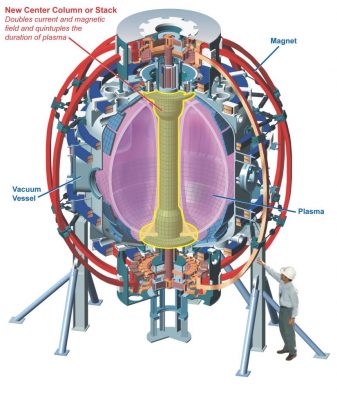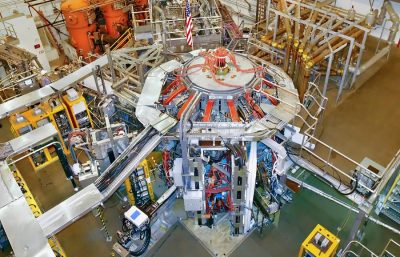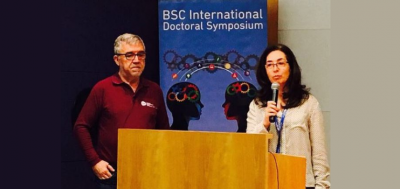
Physicist Dr Fatima Ebrahimi from the Princeton Plasma Physics Laboratory (PPPL) has carried out first computer simulations to evaluate the efficiency of a start-up mechanism known as coaxial helicity injection (CHI), of doughnut-shaped fusion machines such as tokamaks. The approach simulated by Dr Ebrahimi could also benefit devices that use superconducting magnets.





